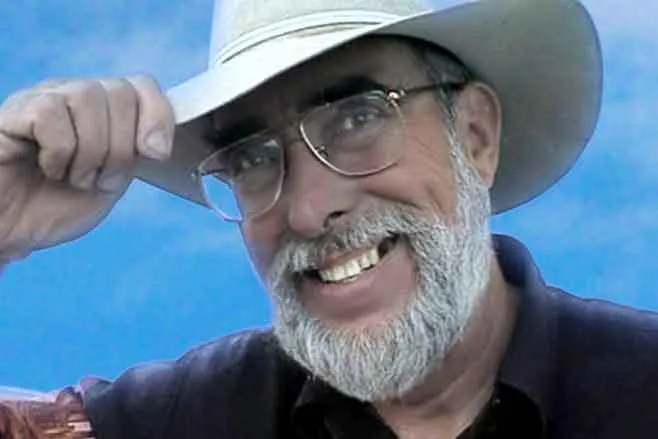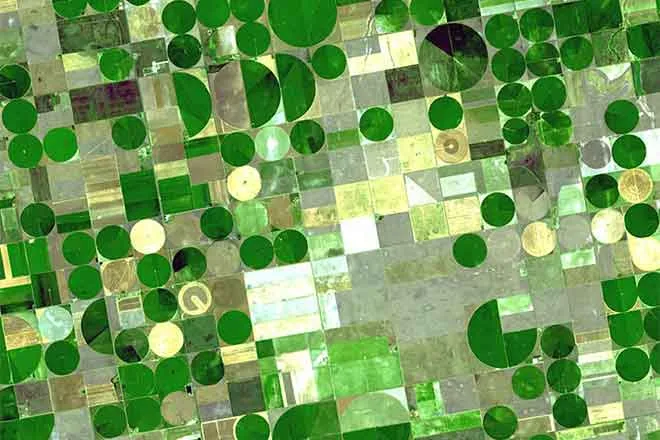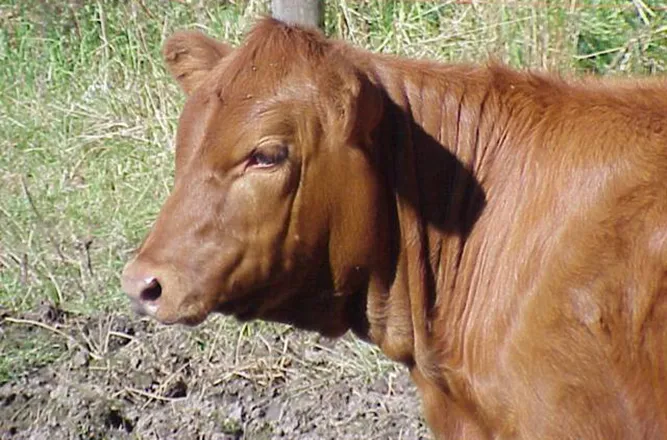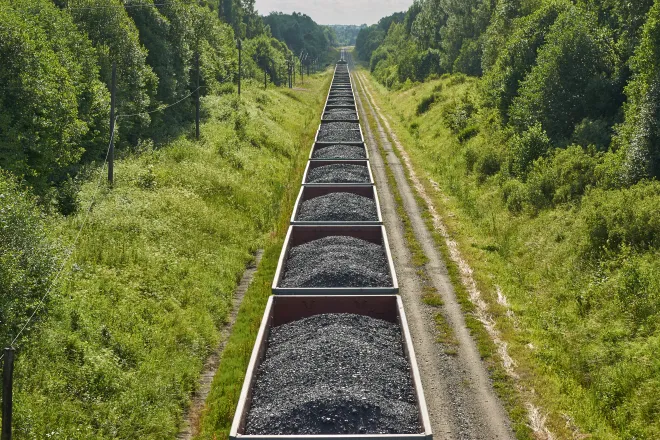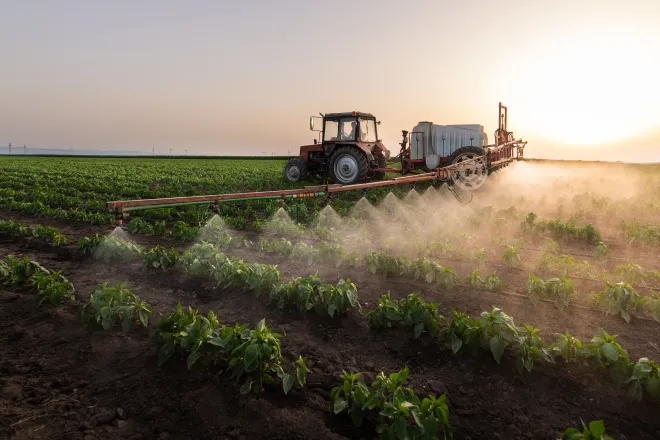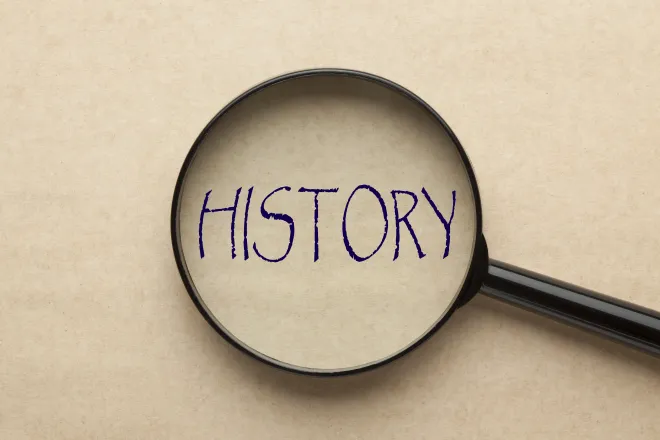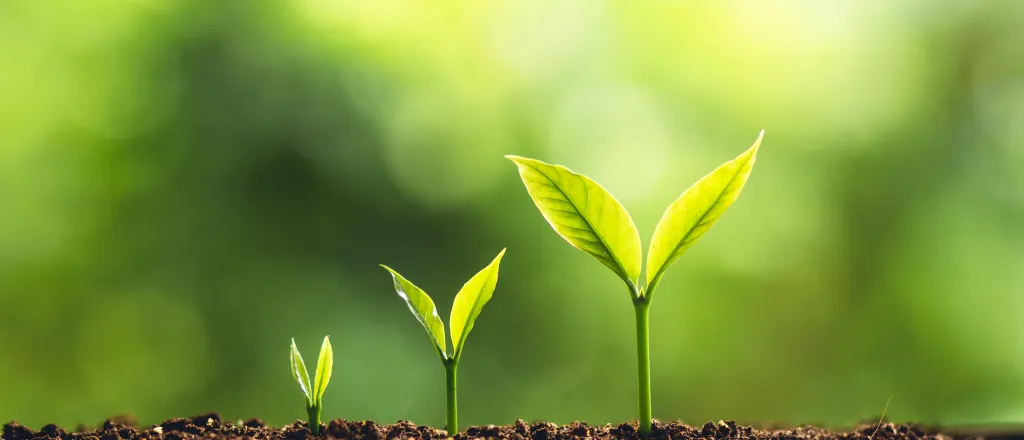
Sowing Seed - Wow, it’s free?
When we all decided what we wanted to be when we grew up, many of us had one thing in common. It had to have something to do with the outdoors. Some already had their path set to take over the farm or ranch. Some got into agriculture through the university where a degree meant they could find a job once they graduated. Some hired on with an agricultural business like the Coop or the local feed store.
I know what road I took. It is amazing what has transpired since I started my career sometime after I graduated in 1985 from Panhandle State University. So much has changed in fact that I have a hard time keeping up with all the advancements that can protect yield and the bottom line every year.
When a person looks at this one farm or even one field at a time, it can get a little confusing. I’ve decided to compress this down to something all of us can get a little better grasp of. I want to look at it 17 feet at a time. What significance does 17 feet play? Well 17 feet and 5 inches is exactly 1/1000th of an acre in a typical 30-inch row. In these terms, the ideas I want to discuss about protecting your yield and boosting your bottom line become a lot less blurry.
Where do you start? I’m generalizing here too. The row crop can be anything from corn to sunflowers.
First and foremost, I hope all of you know that the plot winner is not the ideal choice to plant in every situation. There has to be diversity to manage all the situations that your varieties will run up against on your farm. Does this mean planting more than one seed company on your farm? If the situation calls for it, it most certainly does.
In that 17 feet, can your seed salesman tell what variety you need to plant there and why?
Maybe he says, “well, because I’ll give you one bag free if you will buy this first bag.”
Perhaps he tells you, “we need to go with XXL76 because it does well in this high pH sandy loam. You will also need the rootworm resistance it gives you, plus it really handles southern rust.”
Go with the second guy, who is trying to produce corn in the seventeen feet, rather that the first guy, who is trying to make money for himself in that 1/1000th of an acre. The second guy has the savvy to place the right product in the right environment.
Now, if the two-for-one guy can give you agronomics as well as that bottom line, that’s a no brainer.
Most of you know your farm like the back of your hand, and know where things just aren’t performing like they ought to. Don’t be afraid to point these out to your seed man or your agronomist. Make them take the time to go over these areas by picking 17 feet and deciding what would work to protect the yield in that area. You can see where diversity starts to really take shape. Diversity should include a range of maturities defensive and offensive capabilities, response to fertility, population, disease and stress.
Shorter maturities will be lower yielding but will tolerate stress better (defensive) because they are not exposed to the elements as long as the later maturities. Later maturities are just the opposite.
The combination of hybrids that can be bred is staggering. We won’t see them all in our lifetime. Understanding the (genetic) background of that particular product can help you understand why that product is being placed in that set of circumstances.
The background can be any combination of the following also. There can be northern, southern, eastern one, eastern two, western, tropical, high yield, late health, early health and flint for corn. Each background or combination thereof performs differently in any given environment. All of these varieties have the potential to be the plot winner. It all depends on what 17 feet 5 inches you put them in.
What you do to this seed and this plant from now on will determine the amount of yield you have left. It all comes down to what transpires over the next four months.
If you take one thing from this article, I want you to remember that you do not add yield to your crop. You protect it. Every derogatory thing that happens to that seed and that plant from start to finish will determine what happens in the end. We could talk about fertility, pH and pesticides, but those are topics that need addressed separately. I will go into more detail concerning genetics later also.
Fishing and hunting. Never has so much money been spent in the pursuit of so few.
At least that’s the case for me. I don’t hunt anymore so I can’t really comment on that one, but I used to, and it seems like I spent a lot more money doing that than I did fishing.
You know, the wife and I will go out for a nice dinner, and I look at the cost of surf and turf and just about choke. But I don’t think anything about spending $250 on travel, cabin, gear and bait to catch three rainbow trout. Not even enough for a good meal at my house. But, hey, at least I saved $10 by ordering the sirloin instead of the surf and turf when we went out to dinner last month.
I thought the older I got, the wiser I would get. I can’t wait until we retire, and I can buy $85 trout all the time. Heck, I could probably start spending some of that money on walleye, crappie and catfish. Sort of like spreading the wealth.
I don’t think I’m the only one out there doing this. There have to be a few of you that are doing this as well. At least it seems like the fishing holes are always full of anglers. It’s always, “how did you do?” Or “what are they biting on?” You never hear “hey how much did you spend for those?”
I’ve also noticed that when you call the lodge and ask about the fishing, they will tell you that they are practically lining up to get on the end of your line. They won’t tell you that the trout are running in the neighborhood of $40 to $80 apiece.
But you know what? I’m the dummy that keeps going back for more. I’m the dummy telling the wife that the lodge says that they are nearly jumping in the boat or onto the shore. She is the one right behind me because she is as “hooked” on fishing as I am. What are the first words out of our mouths when we get to the lake and see one of our fishing brethren? “Hey, what are they biting on?” Their reply, “about $85 worth of bait apiece.”



